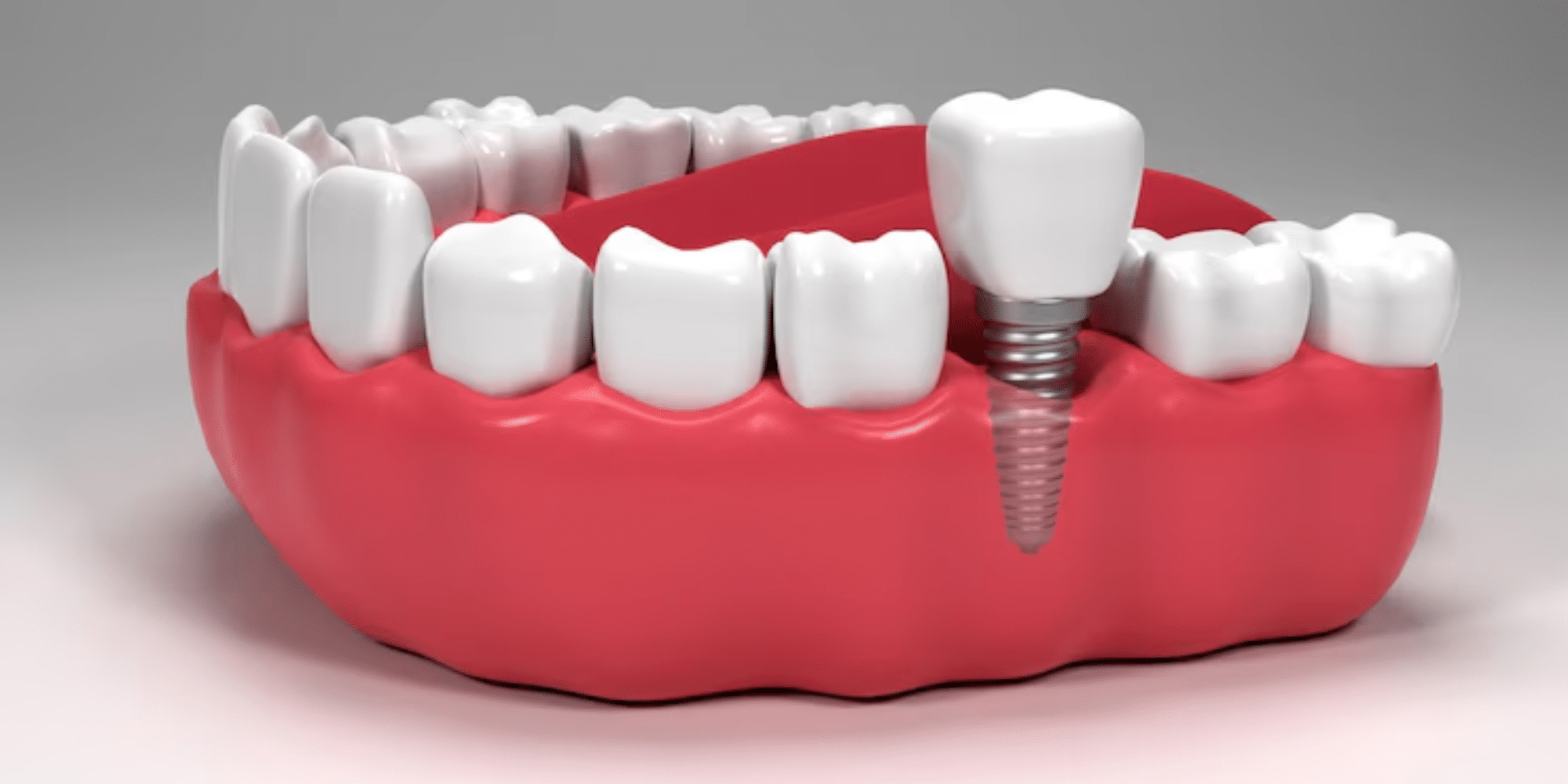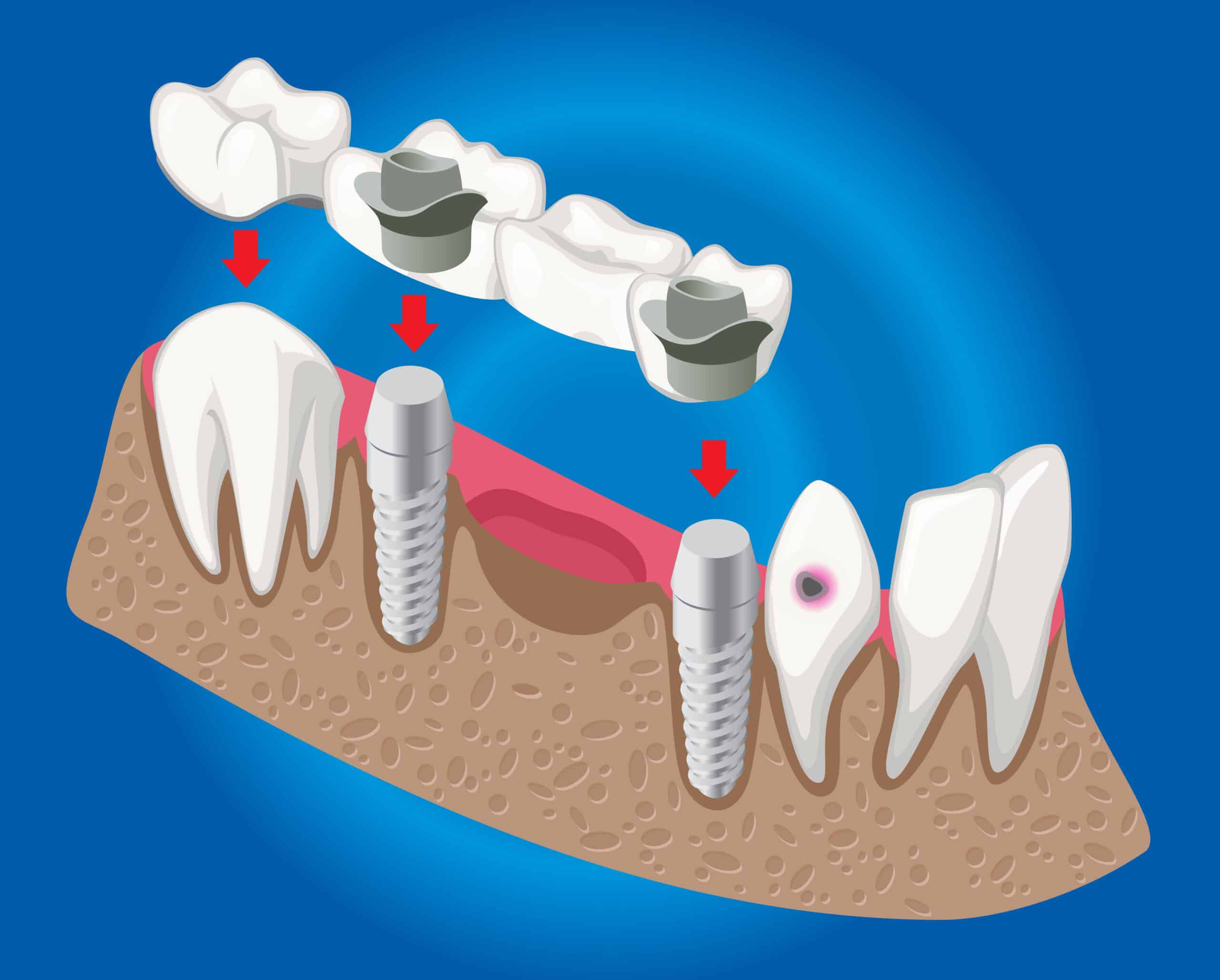
What Are The 3 Stages Of Dental Implant?
Dental implants have revolutionized the field of dentistry, offering a permanent solution for replacing missing teeth and restoring smiles. The process of getting a dental implant involves three distinct stages, each essential for ensuring the success and longevity of the implant. In this comprehensive guide, we’ll delve into the three stages of dental implant treatment, from initial consultation to final restoration. Whether you’re considering dental implants for yourself or simply curious about the process, read on to learn more about each stage and what to expect along the way.

Stage 1: Consultation and Treatment Planning
The journey towards a dental implant begins with an initial consultation with a qualified dentist or oral surgeon. During this appointment, the dentist will assess your oral health, discuss your treatment goals, and determine whether you are a suitable candidate for dental implant surgery. Factors such as the condition of your jawbone, the number of missing teeth, and your overall health will be taken into consideration.
Diagnostic imaging, such as X-rays or CT scans, may be performed to evaluate the bone density and structure of your jaw. This information helps the dentist create a customized treatment plan tailored to your specific needs. If additional procedures, such as bone grafting or tooth extraction, are required to prepare the implant site, they will be scheduled at this stage.
Once the treatment plan is finalized, the dentist will provide you with detailed information about the procedure, including the expected timeline, potential risks, and costs involved. This stage is crucial for ensuring that you are well informed and prepared for the dental implant process.
Stage 2: Implant Placement Surgery
The second stage of the dental implant process involves the surgical placement of the implant fixture into the jawbone. This procedure is typically performed under local anesthesia to ensure your comfort throughout the process. However, sedation options may also be available for patients who experience anxiety or require more extensive treatment.
During the surgery, the dentist will make an incision in the gum tissue to expose the underlying jawbone. A small hole is then drilled into the bone, and the implant fixture, usually made of biocompatible titanium, is securely placed into the prepared site. The gum tissue is then sutured closed around the implant, leaving a small portion of the implant exposed above the gumline.
After the implant placement surgery, a healing period, known as osseointegration, begins. During this time, the implant fuses with the surrounding bone tissue, forming a strong and stable foundation for the final restoration. The duration of the osseointegration process can vary depending on factors such as bone quality and the patient’s overall health, but it typically takes several months to complete.
Stage 3: Restoration and Finalization
The final stage of the dental implant process involves the placement of the prosthetic tooth, or crown, onto the implant fixture. Once the osseointegration process is complete, and the implant has successfully integrated with the jawbone, the dentist will begin the restoration phase.
First, impressions of your teeth and bite are taken to create a custom-made crown that matches the color, size, and shape of your natural teeth. The crown is then attached to an abutment, a small connector piece that connects the implant to the prosthetic tooth.
Once the crown is fabricated and ready for placement, the dentist will attach it to the abutment and adjust it as needed to ensure a proper fit and comfortable bite. The final restoration is securely fixed onto the implant, completing the dental implant process and restoring both function and aesthetics to your smile.
The three stages of dental implant treatment – consultation and treatment planning, implant placement surgery, and restoration – are essential for achieving successful outcomes and restoring function and aesthetics to the smile. From the initial assessment to the final placement of the prosthetic tooth, each stage requires careful planning, precision, and expertise.
If you’re considering dental implants as a solution for missing teeth, consult with a qualified dentist or oral surgeon to determine whether you are a suitable candidate and to develop a personalized treatment plan. With advancements in dental technology and techniques, dental implants offer a durable and natural-looking solution for replacing missing teeth and improving oral health and quality of life.
Whether you’re missing a single tooth or multiple teeth, dental implants can provide a permanent and reliable solution that restores confidence in your smile. Don’t let missing teeth hold you back – explore the possibilities of dental implants and take the first step towards a healthier, happier smile today.




